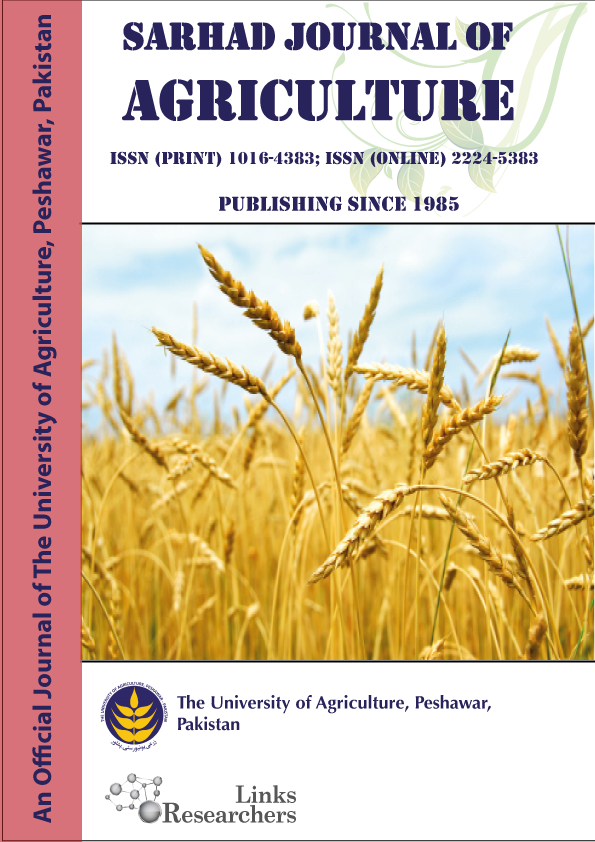Drought Stress Effect on Red Onion: Morphological, Physiological, and Yield Attributes
Drought Stress Effect on Red Onion: Morphological, Physiological, and Yield Attributes
Endang Dwi Purbajanti1*, Dian Safitri1, Mohammed Ali Wedyan2, Dyah Roeswitawati3,
Evika Sandi Savitri4, Sri Yuniati5 and Titan Memory Yuhana4
ABSTRACT
To share on other social networks, click on any share button. What are these?







